Production monitoring systems involve these basic components:
- Hardware and software that collects data electronically from the machine, and stores it in a database (picture 1).
- Software that automates or improves various activities with the data stored in the database (picture 2).
- Production monitoring display systems for viewing by shop floor personnel.
- The database of machine activity created by the machine monitoring system in picture 1 is used by various software modules in picture 2.
Implementation roadmap for real-time production monitoring system, for a painless takeoff
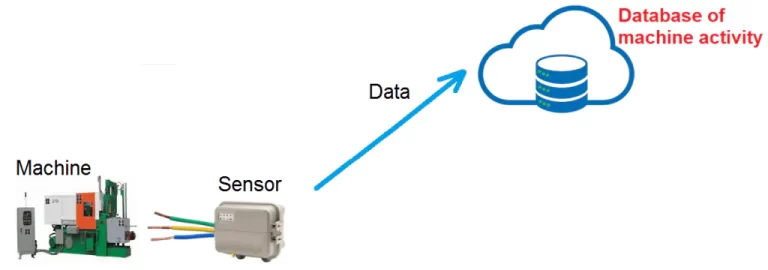
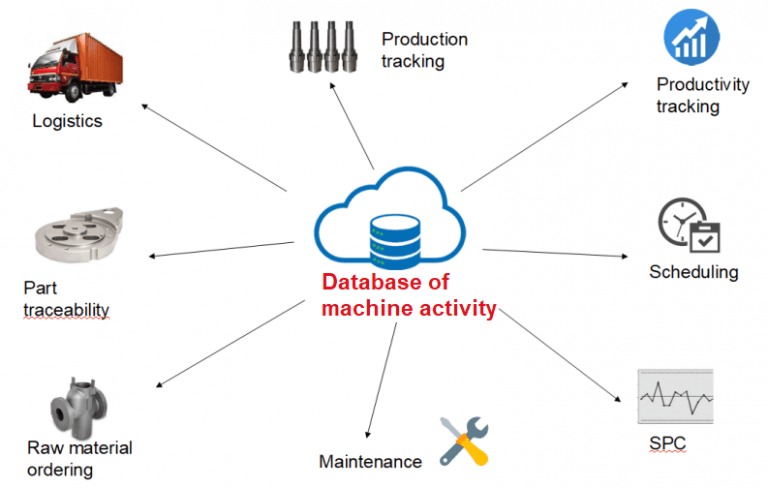
To implement real-time production monitoring, the very first requirement is to start collecting data electronically from your machines and storing the data in a database. Once this is done, you can then start using the data for various Industry 4.0 applications. Vendors for the two components are typically different, because they involve two very different technologies. The first component involves Hardware sensors, IIoT, Cloud computing and data management. The second component involves software for running organizations – finance, stores, HR, logistics, etc. It could also be specialized software for preventive maintenance and predictive maintenance, SPC, part traceability, etc. In fact, you probably already have most of the software in the second component, in ERP or other software.
The implementation is ideally done in multiple phases. As you get each phase going, you learn from your mistakes and fine tune the system so that the organization is ready for the next phase. Luckily, production monitoring lends itself beautifully to implementation in phases.
Real time production monitoring implementation plan
So where do you start ?
Phase 1, 2 and 3: Install a remote monitoring system that can provide data to other software.
Implement the low hanging fruit in Phase 2 and 3 – production and OEE monitoring and improvement.
Phase 4: Improve the functioning of your existing ERP or other software by getting them to interact with the database of the machine monitoring system. E.g., the machine monitoring system gives the ERP software accurate and real-time data on production quantity, machine status, downtimes, rejections, consumables usage, etc. The ERP software gives the monitoring software data on work orders, schedules, part and operation details, personnel, etc.
Depending on what your end aim is, you can stop at any of the phases, or even jump phases or mix them up.
LEANworx real time production monitoring system does Phase 1, 2 and 3. It is designed for SMEs, and is plug and play. Which means it is very economical, and you can get your system going in a matter of hours instead of weeks or months. For your Phase 4, LEANworx has features that enable you to easily connect the software (ERP, scheduling, logisitcs, etc.) to the LEANworx database for 2-way communication.
How NOT to implement a production monitoring system
The thing about a production monitoring system is that it is new, everybody wants to implement it, but very few people have done it yet. So there is very little prior knowledge. One of the biggest pitfalls is biting off more than you can chew (and then having to spit it all out because it doesn’t go down your throat).

Don’t bite off more than you can chew !
Many firms will start off with an enormous wish list of benefits that they want immediately, translating into features that involve long implementation time and high cost. In addition, there’s an ‘All or nothing’ attitude – “I want everything, I want it today, or I’m not interested”. This is not a great way to get OEE improvement, and will usually result in a failed project. Here are some ground rules to ensure that the effort pays off in the end.
Do it in phases.
Design your system so that you can implement it in phases. Each phase has a set of features to be implemented, and a time deadline. E.g., Phase 1 gets an OEE monitoring system going along with a few Industry 4.0 applications. Keep the features in each phase to a handful. This way you start seeing the monetary benefits really early, as early as in a month or two. These benefits get your company enthused, and will enable you to decide how much you want to invest in the project.
Allow for course correction
Be prepared to change your specifications as you go along. While you are implementing phase 1, you may learn something that tells you that the earlier design of phase 2 was faulty, and needs to be corrected. You can do this painlessly, well in advance of the start of phase 2. You will have to change downstream phases as you learn from your mistakes and successes in upstream phases.
Allow time for culture change
Remote machine monitoring implementation involves people on the shop floor and in offices, working closely with data coming in from machines of various types. Data that was collected manually will be replaced by data tracked automatically, in real time (real time = ‘as soon as an event occurs’). People will have to deal with a lot more data, and respond faster. Decisions will need to be made faster. Some decisions will be made by the software itself, and tasks done automatically. All this involves a lot of change in the mindset of people. This is possible in phase-wise implementation.
Be prepared for multiple vendors
Industry 4.0 involves multiple technologies: data collection from machines, sending to the Cloud through IOT, storing on the cloud, and processing to perform various functions. No single vendor will have a solution for all of these. You will have to work with multiple vendors, and they will have to work with each other to share the data. Vendor1 may give you a machine monitoring system, you may already have an ERP from Vendor2 that you can connect to the database of the monitoring system, Vendor3 may have a good production scheduling system (that the ERP does not have), etc.
There may be no end to it
This sounds like bad news, but is actually good news. Machine monitoring on Industry 4.0 in essence is the collection and use of data electronically and efficiently. There really is no end to the type of applications inside and outside the shop floor that you can extend it to. Each new application will lead to increase in operational efficiency and monetary benefit.
Role of the CEO in implementing monitoring
In terms of transparency, there are two types of people in any organization :
- Transparency lovers: Self-motivated people who know they are doing their best, are confident of their ability, and welcome transparency as an opportunity to improve things further. They will look at production monitoring and the transparency it brings as a tool to improve things. Such people may have a lot of ideas on improving things, may have solutions to burning issues, but may have bosses who do not want to take any action. They cannot bypass their bosses and talk to someone higher up.
- Transparency haters: People with low motivation and/or ability whose survival in the organization will be at stake if true productivity numbers are known. Their survival depends on feeding false productivity numbers up the hierarchy. They will look at the monitoring system as an enemy, harmful for their survival. If the reality is known, they will also have to fix the problems, and they do not have the ability to do this.
By being involved in implementation of the machine monitoring system closely, the CEO is empowering and motivating the transparency. The transparency haters are forced to improve their motivation and skills. The CEO therefore MUST be involved hands-on in the implementation and running.
The CEO’s level of involvement must be high initially, and can then gradually reduce. You must look at key performance indices (KPIs) and their trends, get people to act upon the numbers, and monitor the progress of the actions. KPIs can be whatever you choose to focus on, like OEE, spindle utilization, rejections, downtime, revenue, etc.
Here’s an action plan for the role of a CEO in improving productivity and OEE using a remote machine monitoring system:
Month 1-2: Every morning, look at previous day’s efficiency numbers. Half hour per day.
Month 3-forever: Every Monday morning, look at past week’s efficiency numbers. 1 hour per week.
Month 3-forever: 1st of every month, look at long term trends of efficiency numbers. 2 hours per month.
An shop floor monitoring system is a great friend of the CEO, and the role of a CEO in implementing it is critical to its successful implementation.
Production monitoring display system
Production monitoring is done to give people on the shop floor instant and accurate data. A production monitoring display system shows this data to people on the shop floor. It is a large screen display on the shop floor, and its aim is:
– Show the current targeted and achieved production and productivity.
– Highlight production problems like long downtimes or machine breakdowns
– Show abnormal rejections, so quick action can be taken to correct them
This data of course has to be accurate, and updated in real time, as the numbers change on machines.
This is ideally done by production monitoring by an Industry 4.0 based system
Etc
Starting your day on a high note
I was in Indore on work a while ago, and at 8 AM I popped over to a small eatery for the traditional Indore breakfast of Poha and Jalebi. Right next to my breakfast place I saw a shop selling Bhang. Totally legitimately, licensed and all that. There were also people gulping down glasses of bhang at that hour, essentially starting their day on a high note. I couldn’t believe my eyes, because it’s the first time in my life that I was seeing a bhang shop. It’s unknown in my city of Bangalore, and in most of India, barring MP, UP and a couple of other states. Varanasi in UP is supposed to be THE place for bhang.
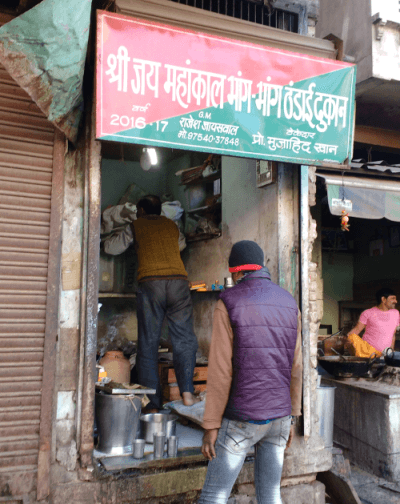
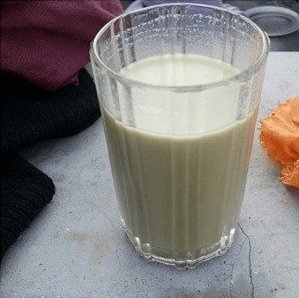
The raw material for making bhang is leaves of Weed (alias Marijuana/ Cannabis / Pot / Weed / Ganja / Dope / Hash). Bhang is basically a Weed milk shake. Grind the leaves, chuck the stuff in a glass of milk, stir well, and gulp it down. Sugar is optional, and an upmarket version called Bhang Thandai also has almonds, saunf (aniseed), cardamom, mint leaves, pepper and rose petals. Thandai means ‘cold drink’ in Hindi. You also have a buttermilk version called Bhang Lassi. Bhang is made from the leaves and seeds, Charas from the resin, Ganja from the flower (the latter two you smoke). The word ‘Pot’ is derived from the Spanish word potiguaya, or ‘cannabis leaves’, in Mexico. Hash is derived from the Arabic word Hashish. India has traditionally been such a great consumer of the stuff that there’s even a variety named after the country – Cannabis Indica.



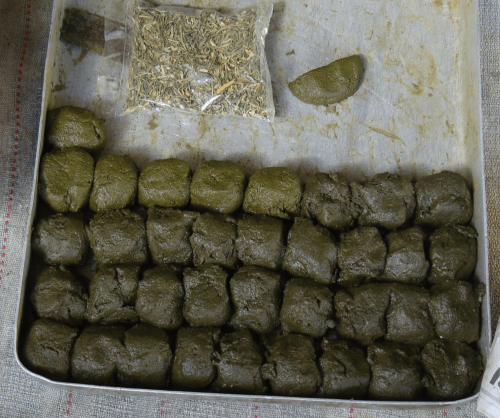
I found out that Bhang is perfectly legal because of a couple of loopholes in the law.
1. It’s illegal to grow weed, but legal to harvest from weed growing wild.
2. It’s illegal to consume any part of the plant other than the leaves, and perfectly legal to consume the leaves. In fact, till 1985 the whole plant was legal in India. You could smoke, drink, eat, smell or do anything with any part of the plant.
The guy in the purple jacket in the picture gulped down a glass of bhang at 8 AM, presumably on his way to work. I wonder what profession he’s in, that allows him (or maybe even needs him) to do this ? I’d really like to switch professions with him.


